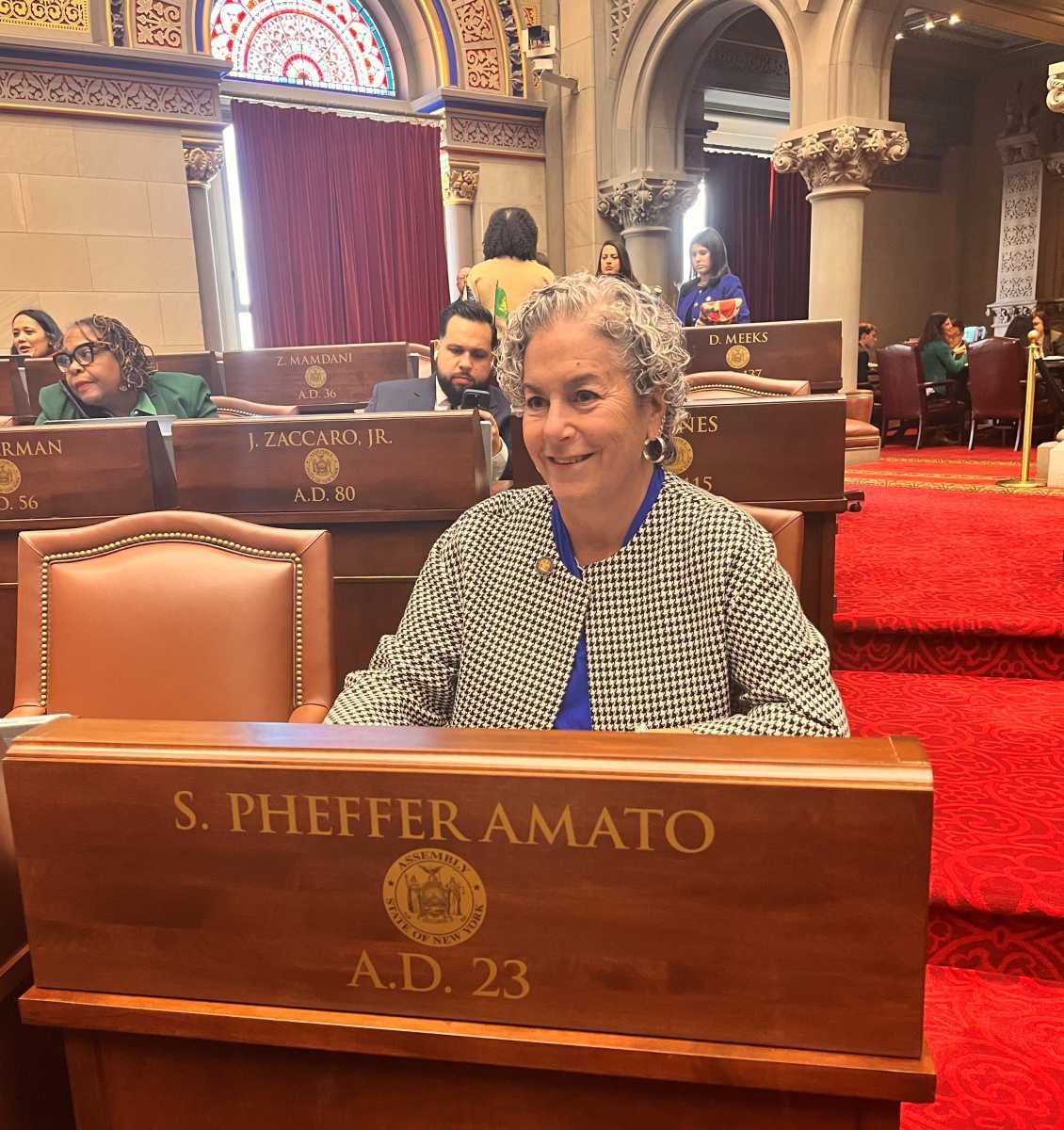Housing is the most important pillar to the health of our communities and this city.
Yet, the severe shortage of homes across the five boroughs, especially ones that are most affordable, is leaving working- and middle-class New Yorkers, who are already facing economic pressures, in an impossible struggle to secure housing. In an increasingly unaffordable city, New Yorkers are spending far more of their paychecks on housing than they can afford.
The historic 1.4% housing vacancy rate is sounding an alarm, which makes clear that we must significantly build more homes. Reforming our city’s outdated zoning, while making meaningful housing and neighborhood investments, presents a major opportunity to make our city more affordable for every New Yorker.
As Council Members whose districts have contributed differently to recent housing production, with one building the most and the other the 30th most, we agree that every district’s participation is needed to confront this crisis. The Council can advance an important step towards this goal by approving our modifications to the Department of City Planning’s Housing Opportunity citywide zoning text amendment, which is expected to build more than 80,000 new homes over the next 15 years. The reform plan maintains the core principle that for equitable development, every part of the city must create new housing. This was central to Speaker Adrienne Adams’ Fair Housing Framework Act that was passed into law last year.
At the same time, we fully understand that neighborhoods across our city have distinct characteristics with diverse needs that must be respected. In our own districts in the Bronx, the housing stock ranges from one-to-four family homes to large multi-family buildings.
As Chairs of the Council’s land use committees, we listened to the feedback of people across the city who engaged in the public review process, including during the Council’s 14-hour public hearing. The changes we advanced to the City of Yes proposal thoughtfully reflected these concerns and balanced them with the need to produce more housing. The modifications account for differences across neighborhoods and establish stronger requirements for more deeply affordable housing to match the greatest need amongst New Yorkers.
The Council also recognized that our constituents and communities have significant housing and infrastructure needs that cannot be met solely by producing more housing through zoning changes. That is why the Council fought to secure a historic $5 billion in investments to help address these many other needs through our City for All housing plan.
For the residents of NYCHA, Mitchell-Lama, and other existing affordable housing developments, we secured $2 billion to preserve and create more of these homes. This new funding will also help support current homeowners across the city who face the increased costs of homeownership, while opening up new opportunities for more New Yorkers to become homeowners.
Throughout the public review process, many residents and their Council Members highlighted the lack of sufficient infrastructure in their neighborhoods, which leads to flooding, battered roads, and a lack of open space. To address these vulnerabilities, the Council secured $2 billion towards strengthening community infrastructure.
The funding commitments we secured for City for All also include reinforcements for tenant protections that can help prevent displacement, housing assistance to combat homelessness, and support for housing agencies to help New Yorkers access housing, advance the development of affordable homes, and inspect buildings to ensure their safety.
Ensuring housing and housing security for our constituents and all residents is fundamental to a thriving city. New Yorkers need stable, affordable homes, and the Council is moving to address this crisis through a comprehensive housing plan that pairs investments in housing solutions together with zoning reforms.
We are confident that this thoughtful, carefully negotiated agreement, built with diverse community concerns in mind, is the right step forward for our city. Now is the time for action, and our shared contributions to solve our housing crisis is what will ensure that New Yorkers today, and of tomorrow, can succeed.
Council Member Riley represents the 12th Council District, covering the neighborhoods of Wakefield, Baychester, Eastchester, Olinville, Edenwald, Williamsbridge and Co-op City.
Council Member Salamanca represents the 17th Council District, covering the neighborhoods of Mott Haven, Melrose, Hunts Points, Morrisania and more.






































